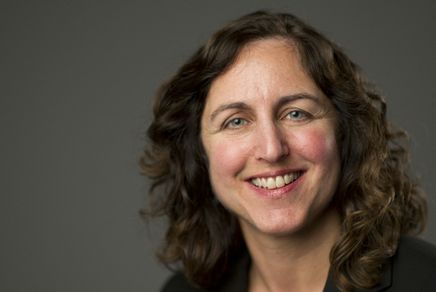Redistricting revamp pushed
The redrawing of legislative districts is always controversial. Now Senate President Pro Tem Bob Geddes, who lost a 2002 state Supreme Court challenge to the current plan, has begun pushing to revamp how Idaho draws 35 legislative districts following each U.S. Census. Click below to read the full story from AP reporter John Miller.
Bill would reform how ID draws political borders
JOHN MILLER
Associated Press Writer
BOISE, Idaho (AP) — Senate President Pro Tem Bob Geddes has begun pushing to revamp how Idaho draws 35 legislative districts following each U.S. Census.
Geddes lost a 2002 state Supreme Court challenge to the current plan.
The Soda Springs Republican would require that districts be linked by roads if they include more than one county, to prevent voters in one area from being isolated from those in another. His bill also would forbid members of the bipartisan Idaho Commission for Reapportionment from 2001 from serving again, which he says will limit gerrymandering.
A new six-member commission won't set new districts until 2011, after the next U.S. Census.
Geddes contends the last commission to redraw Idaho's political landscape after the 2000 Census gave northern counties more power, while the state's southeastern corner, which he represents, lost out. Still, the state high court in 2002 found the new plan "presumptively constitutional."
By excluding 2001 commissioners from renewed appointments, Geddes said he hopes to leave less opportunity for those with extensive redistricting savvy to commandeer the process in pursuit of purely political goals.
"I don't know we should continue to use the same six people decade after decade," Geddes said Wednesday. "In my opinion, it's good if we have a citizens commission for redistricting, not a professional commission for redistricting."
Come 2011, the fight over redrawing Idaho's 35 districts will resume, in part because the state's population growth — to about 1.5 million people, as of 2008 — has occurred largely in urban southwestern and northern Idaho, while the sparsely populated countryside has in some cases lost residents.
After the 2000 Census, Idaho districts had about 37,000 residents each; next time, the figure will rise to some 43,000, meaning urban districts with more Democratic-leaning voters could multiply, while Republican rural districts would expand geographically but decline in number.
On Wednesday, Senate Minority Leader Kate Kelly, D-Boise, was among Senate State Affairs Committee members who approved Geddes' bill for a hearing, but said her party plans to seek legal advice on whether the proposed changes will disenfranchise voters.
"We're going to be following this very closely," Kelly said.
Historically, the Idaho Legislature drew up new districts every 10 years in a tense process many said was vulnerable to political tinkering.
In 1992, voters approved a plan to install a citizen commission, appointed by legislative and party leaders but answerable only to the courts.
Even so, disputes continued. It took the 2001 panel three tries — its first two proposals were declared unconstitutional because population differences between the biggest and smallest districts exceeded 10 percent, violating the 14th Amendment's "one-person, one-vote" standard — before members voted 5-1 for a plan that finally passed constitutional muster.
Geddes was among Republican lawmakers or groups who fought the last plan in court, in part because it put multiple GOP incumbents in his region into the same new district, setting the stage for a contentious primary — or premature retirement.
For instance, Sen. Stan Hawkins, R-Ucon, and Geddes were stuck in the same legislative district; Hawkins bowed out. Rep. Tom Loertscher, R-Bone, wound up in a district with three other Republican House members. Only Loertscher remains in the Legislature.
Dean Haagenson, a northern Idaho Republican on the 2001 panel, didn't return a phone call to The Associated Press seeking comment on Geddes' bill. Contacted by the AP at his law offices near Seattle, Ray Givens, a northern Idaho Democrat on the 2001 panel, said he no longer lives in Idaho and can't serve on a new commission. He didn't immediately respond to questions about Geddes' bill.
At the time of the earlier redistricting, Givens conceded the map wasn't perfect but said it was the best solution, given Idaho's vast terrain, scattered population and Supreme Court directives.
"There is no other scenario that splits as few counties and has a population deviation under 10 percent," he told the AP then. "It just can't be done."
Geddes insists the plan adopted by the 2001 commission hurt his far-flung District 31, which includes five counties. Based in phosphate-mining, dry-farming Caribou County, Geddes now must drive miles out of his way — or detour through Wyoming — to reach constituents in Teton County, with its resort economy.
Caribou and Teton counties have little in common, including connecting roads, Geddes said. That's why he wants to ensure that districts that include multiple counties be linked by transportation routes that unify "communities of interest."
"I don't want somebody to be disenfranchised because they are separated from other members of their district by a mountain range," he said.
Copyright 2009 The Associated Press.
